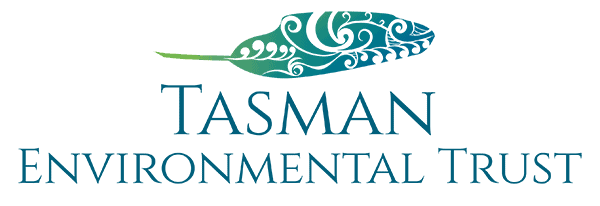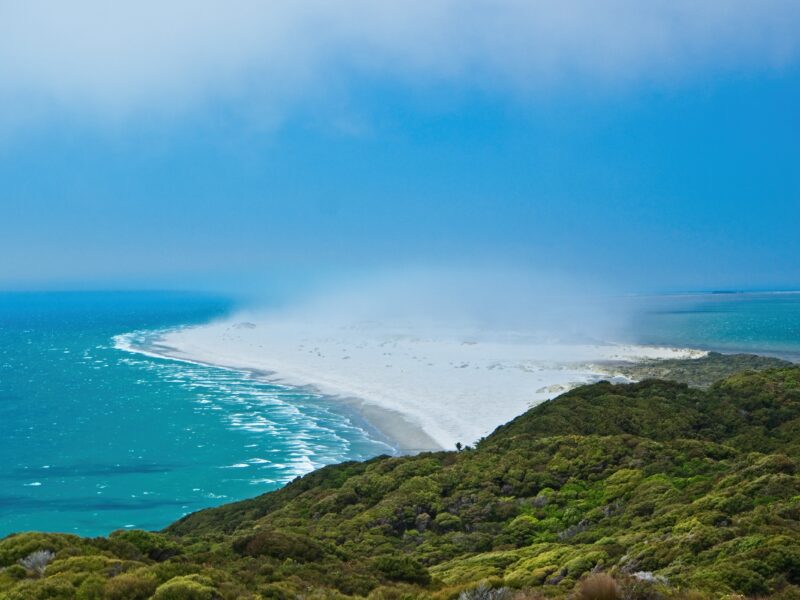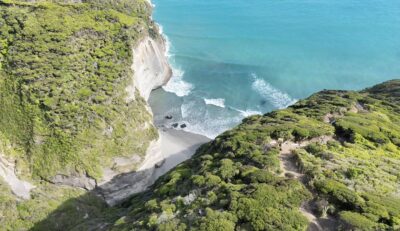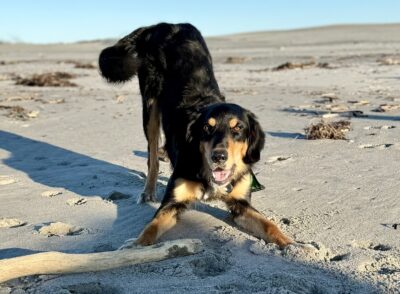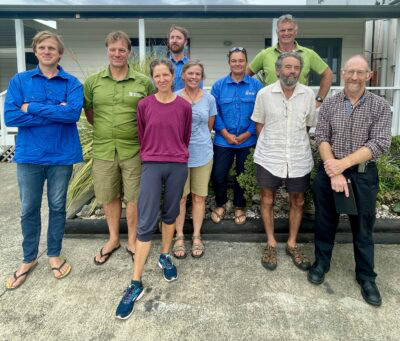The Onetahua Restoration Project got off to a flying start in September when the Minister of Conservation announced that Predator Free 2050 is releasing $3 million of funding for pest eradication in the Farewell Spit region.
This bold ambition is a long-term shared community vision to enable future generations the chance to enjoy a wealth of native wildlife on Farewell Spit and the surrounding areas. The feasibility study for the project is being conducted by Ahikā Consulting and will move into its operational stage in mid-2022.
Stretching from the tip of Farewell Spit to below the Whanganui inlet, the project area will cover some 12,000 hectares of diverse and challenging terrain. A partnership between HealthPost Nature Trust, Tasman Environmental Trust and Manawhenua Ki Mohua, the predator eradication project is working with local landowners, businesses and residents of Golden Bay. The ground-up programme is sparked by the local community for the benefit of this unique environment and its people, and as part of the Jobs for Nature programme, the project is poised to become a significant job creator in the region.
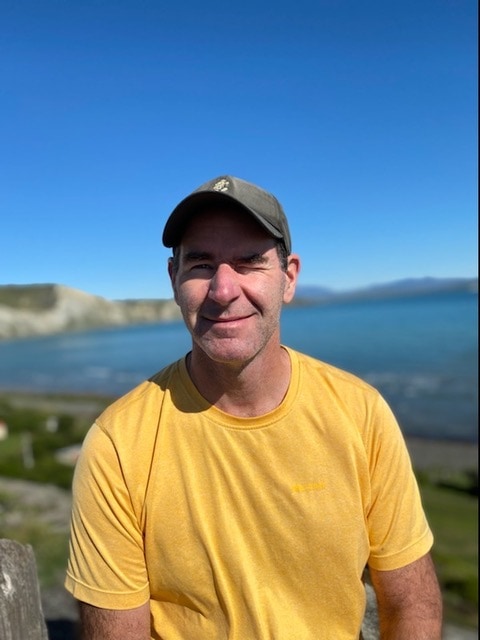
Tony Bateup, owner of Golden Bay Kayaks is enjoying a new role as community liaison for the project. Wending his way through the highways and byways of Puponga and its surrounds, Tony is on a mission to introduce residents to the project and answer any questions. With Golden Bay hospitality being what it is, Tony has had many cups of tea and probably every cake the Edmond’s cookbook has to offer. Along the way, new alliances have been forged, old friendships rekindled and Tony reports that support for the project is burgeoning.
What makes Onetahua Farewell Spit special?
With 20,000 migrating wading birds calling this area home each summer, some flying from as far afield as Siberia, its importance as one of the largest bird habitats in the country is undeniable. Some 90 species of bird have been recorded here in this hugely dynamic and diverse environment. Established as a Ramsar site in 1976, Onetahua Farewell Spit’s significance is internationally recognised. The site is the highest ranked ecosystem in the Tasman District (Leathwick & Singer, 2019).
But this hotspot for native species is not always the safe haven we would want it to be. Introduced pest animals—possums, rats, mustelids and pigs—have a huge impact on ground nesting shorebirds and other vulnerable species including insects and geckos.
Richard Stocker, expert trapper and long-term Golden Bay resident, has also come on board to help. Having seen the devastation firsthand, rooted up vegetation and plundered bird nests, Richard decided to set up what he calls “The Five Eyes” project. Richard’s network of five cameras at 1km intervals along the tidal flats has captured images of a range of predators as they make their way up the spit. The yield from the cameras has provided valuable information for the feasibility study and supports other evidence of predator activity.
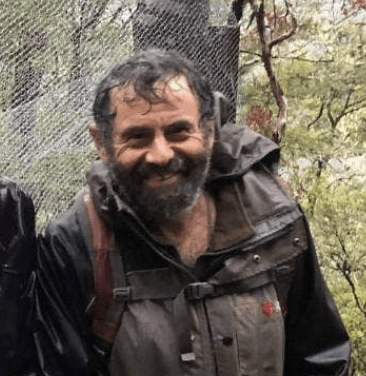
It’s not just about the birds
Onetahua Farewell Spit is also home to other native species. The endangered Katipo spider, geckos, skinks, carabid beetles and weta are also at risk of predation. Vegetation on the spit is susceptible to grazing by possums, which have been causing damage to the rātā in Pakawau Forest. Hares are intense grazers of young seedlings, and greatly impede the regeneration of plant life on the spit.
Building on good mahi
As the project was introduced to residents, it became apparent just how many people were already engaged in their own trapping practices, and HealthPost Nature Trust has been carrying out a smaller scale eradication programme of its own. The Onetahua Restoration Project can throw its weight behind these efforts, build on the good mahi that’s already been done and share the learnings with other eradication projects in New Zealand.
